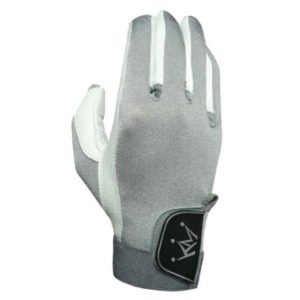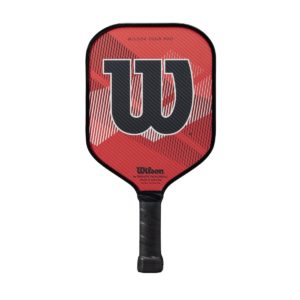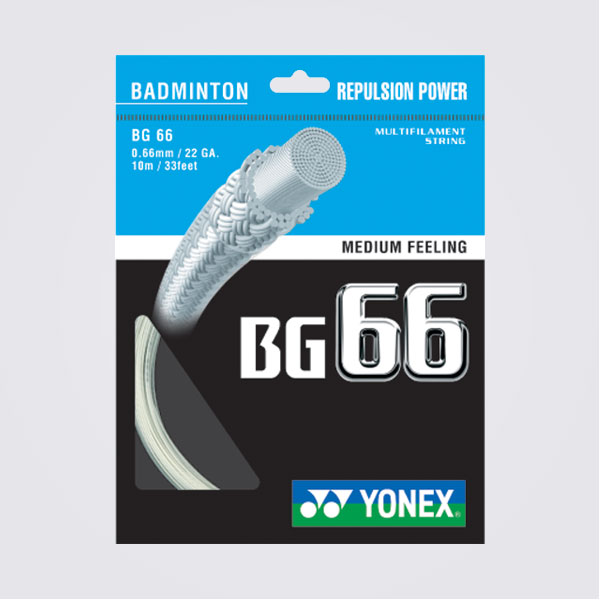 Most people don’t think much about return fraud or warranty fraud. And why should they? Most people are honest, so they aren’t affected by such nefarious things. Right?
Most people don’t think much about return fraud or warranty fraud. And why should they? Most people are honest, so they aren’t affected by such nefarious things. Right?
Wrong. Warranty fraud and return fraud impact honest people more than dishonest people. While dishonest people benefit from these common types of retail fraud, honest people pay the price.
Let me give you an example.
Approximately one per cent of customers are “serial returners”. This means that they return more than half of their purchases. In the pickleball world, this is the kind of person who buys a paddle, plays with it, returns it to the store to exchange it for another one, plays with that one for a while and then returns it again.
They may eventually purchase one paddle, but in the process they have used and returned two or three or four. Of course, the returned paddles are not new and cannot be sold as new, so the cost of these paddles is passed along to honest customers in the form of higher margins.
Serial returners and their cousins, “frequent returners”, make up only six per cent of the population, but they account for about 90% of the costs associated with returns and exchanges while the remaining 94% of retail customers — the honest people — collectively account for only 10% of the costs of returns. The numbers for warranty fraud, meanwhile, are equally disturbing.
What is warranty fraud? Here’s an example. Earlier this year we got an email from a loyal customer and friend who has shopped with us for years. He warned us to expect a visit from an angry customer (we’ll call him Ben) in the next few days. Apparently, Ben had purchased a paddle from us two weeks earlier that he no longer liked and wanted to return.
Unfortunately for Ben, there was nothing wrong with the paddle. So after discussing it with some of the players in his group, Ben decided to heed some bad advice and take matters into his own hands. Before he went home that day he smashed his paddle into the top of a gate post several dozen times until the surface was dented and damaged beyond repair. A few days later he came into our store asking for warranty coverage, claiming the damage was done by nothing more than playing pickleball.
This is a classic case of warranty fraud. The customer decided he wanted a new paddle. He also decided that he wanted somebody else to pay for it. So he faked a warranty claim. Sadly, he is not alone.
The Canadian Retail Council estimates that shrinkage due to return fraud, warranty fraud and other forms of fraud costs retail stores more than $4 billion annually. They estimate that just under 19% of all retail purchases are returned. In fact, return/warranty fraud alone accounts for about nine cents of every retail dollar spent.
In other words, honest people pay about 10% more than they should because big box retailers make it easy for dishonest customers like Ben with easy return/warranty policies. For pickleball players, this works out to about $8-10 per paddle and about 40 cents per ball.
Here at Racquet Network, we have taken a stand against return/warranty fraud. In order to ensure that we can charge the lowest possible prices, we have very restrictive return/warranty policies. As a result, we have reduced incidents of fraud to lower levels than most retail sporting goods stores.
At the same time, we have also developed fair demo programs that allow honest customers to try before they buy. We have also added online product reviews to our website so that customers can share their opinions of products with other customers and do some research before they spend any money.
On top of this, most of the products that we carry are covered by a manufacturer’s warranty of some kind. So if something does go wrong for a legitimate customer, there are ways for them to get replacements for genuinely defective products.
None of this matters to serial returners or warranty fraudsters, however. In their minds, they are doing nothing wrong. And they are not shy about saying so. In fact, a recent US study found that serial returners are 40 times more likely to post a bad review about a store or a manufacturer after a failed return attempt than a happy customer.
So the next time you are gathered with your pickleball friends listening to somebody complain about how a retailer did them wrong, ask yourself this: who is the real problem here? Before you judge the retailer, maybe you should gather some facts about the customer.

 Earlier today, a gentleman came into our southwest Calgary store looking for a racquet glove. Specifically, he wanted a right hand, size large. Of course, we had one for him because that is what we do. We carry odd things that only racquet sports players would want.
Earlier today, a gentleman came into our southwest Calgary store looking for a racquet glove. Specifically, he wanted a right hand, size large. Of course, we had one for him because that is what we do. We carry odd things that only racquet sports players would want. Most people don’t think much about return fraud or warranty fraud. And why should they? Most people are honest, so they aren’t affected by such nefarious things. Right?
Most people don’t think much about return fraud or warranty fraud. And why should they? Most people are honest, so they aren’t affected by such nefarious things. Right?
